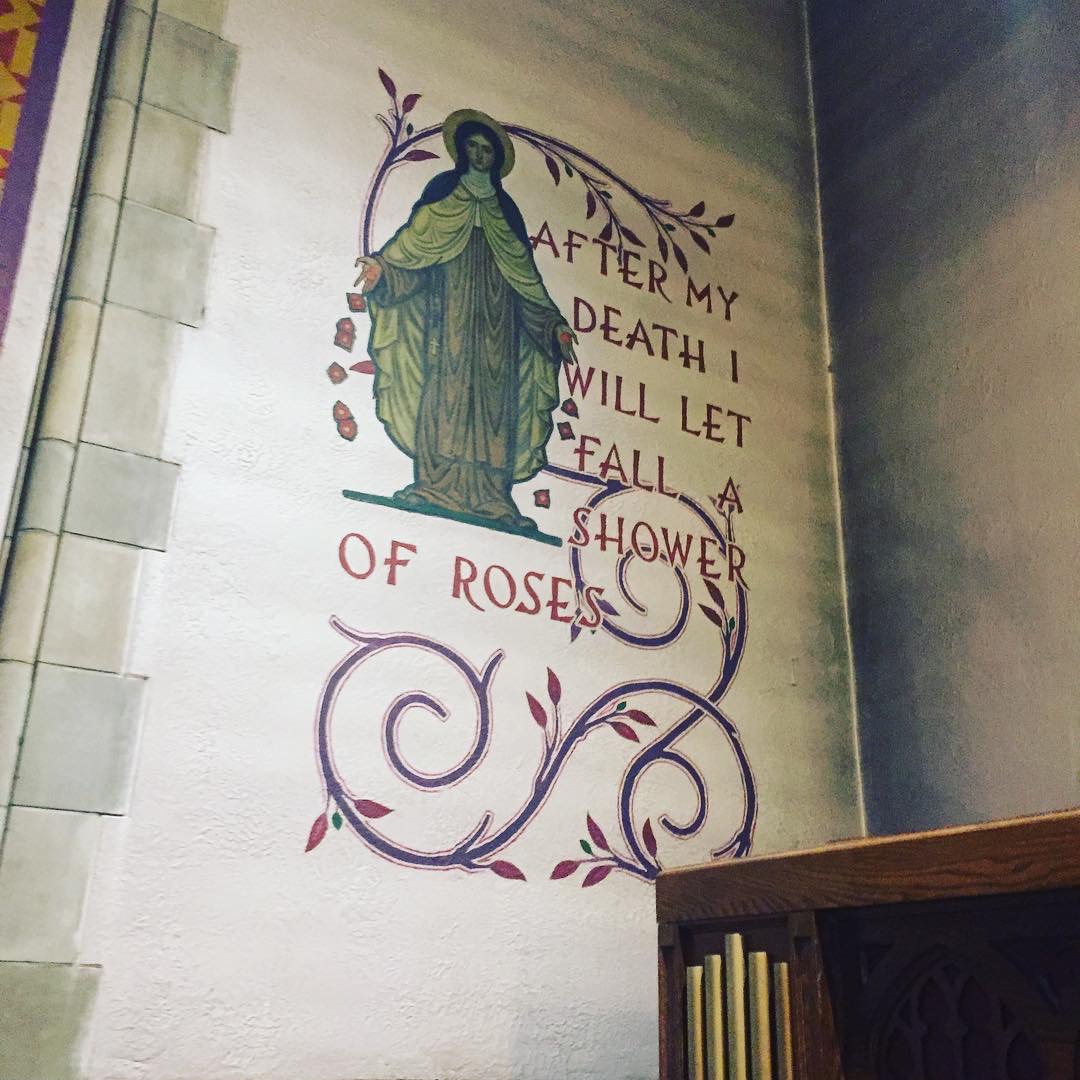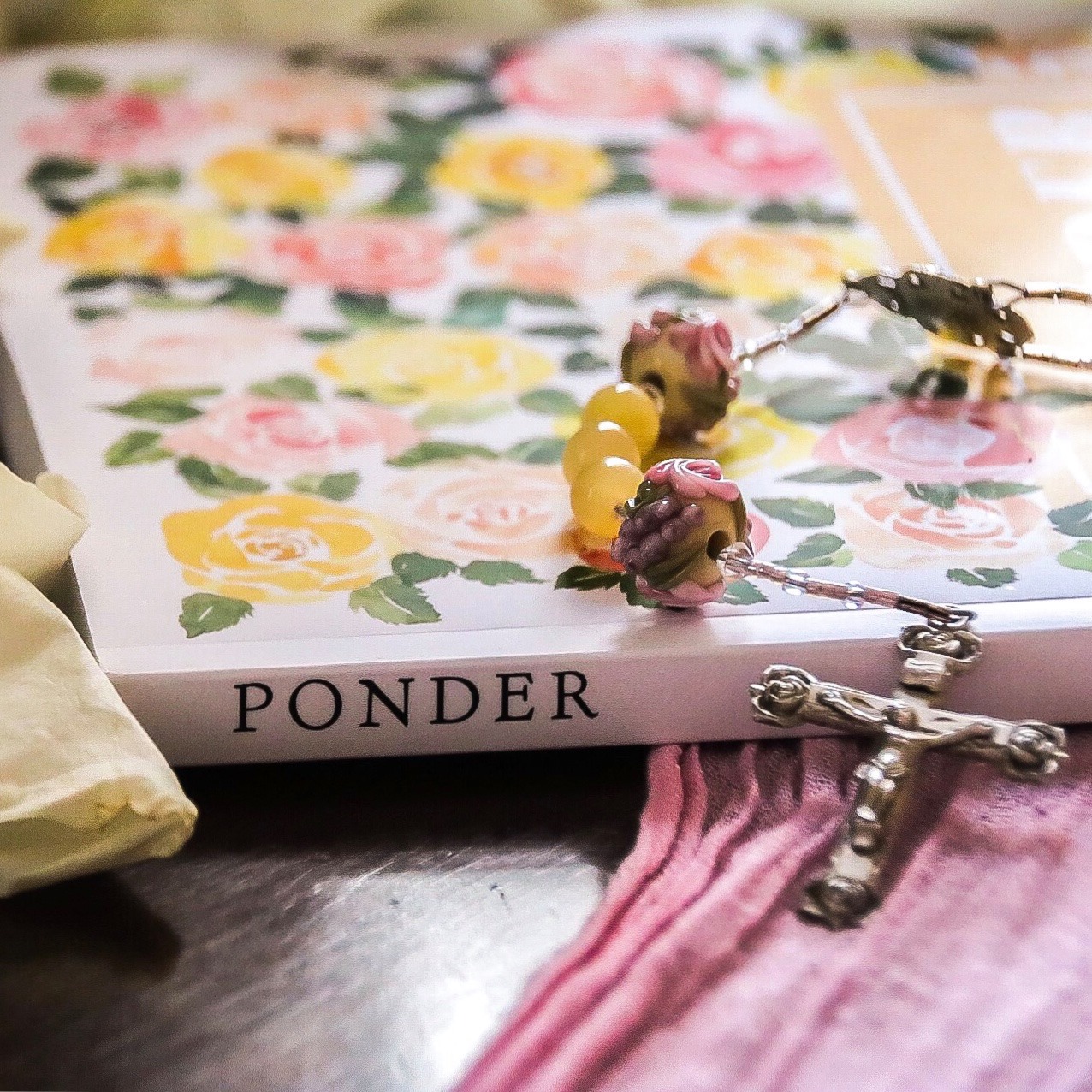Does this week seem weird to anyone else? Like, there’s all this extra time? I’m so used to going right from Thanksgiving into December that this week has been throwing me off. Don’t get me wrong, I like the extra time, but it means that everything is being done early chez moi. For example, I usually send out my Christmas cards after Thanksgiving—I actually mail them on Thanksgiving, usually—so having them arrive at places before December 1 hits is just weird this year.
Decorations at my parents’ house—this is the front hall.
My shopping is done. I’m mailing out the gifts that need mailed and the things that need wrapped need wrapped. I’m not a great wrapper so I tend to delay it for as long as possible. :)
Thanksgiving was quiet, which was nice, because Christmas is nuts in my family. We have our big family reunion two days after Christmas, and then I’ve got friends coming home for the holidays so I want to spend time with them, and it’s just a big joyful crazy time, which I love.
With the “extra'“ time this week, I’ve been doing a bit of a reset. I read about reset days here (yes, it’s a guys’ website, but it’s good info!), and on Monday, I decided to do this. Being knocked out for two weeks because of Crazy Med made me lose a lot of time in November and I’m still not completely caught up on things like housekeeping and my NaNo novel but it’s all good.
So I used the “reset” day to reset before Advent (I like how that rhymes, too). Cleaning the house is part of it, but also getting ready for Advent—decorating the house, putting out the wreath, things like that. Making a big to-do list was really helpful.
An ornament I made in 8th grade art class.
I love Advent. I love the sense of preparation, and December is really the only time of the year that I like snow. Every other time it’s sort of meh. (That’s putting it mildly)
But I like the New Year aspect of Advent, too, because it is the new year for us, and I like the freshness, the starting over, the hope that comes in Advent.
So if you need a reset day too, you’re not alone. Let’s get ready for a new year, a fresh start, and the coming of the Baby Jesus!

















































